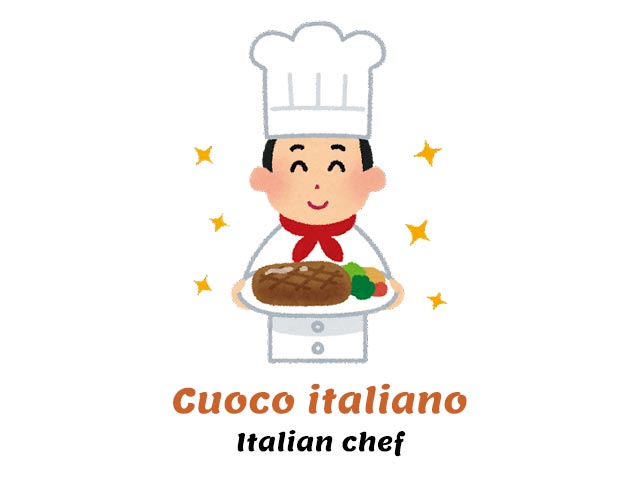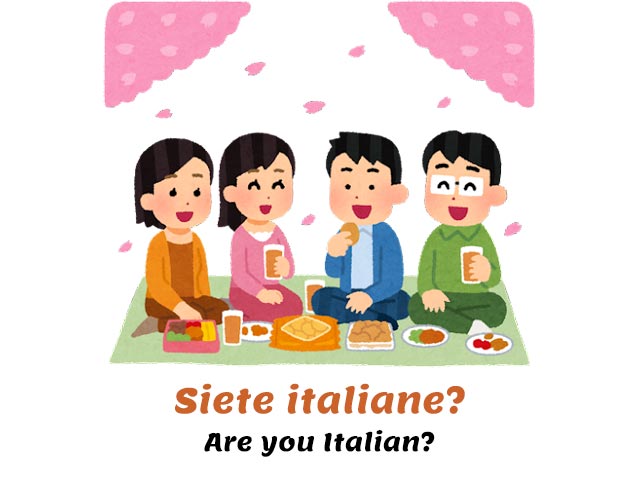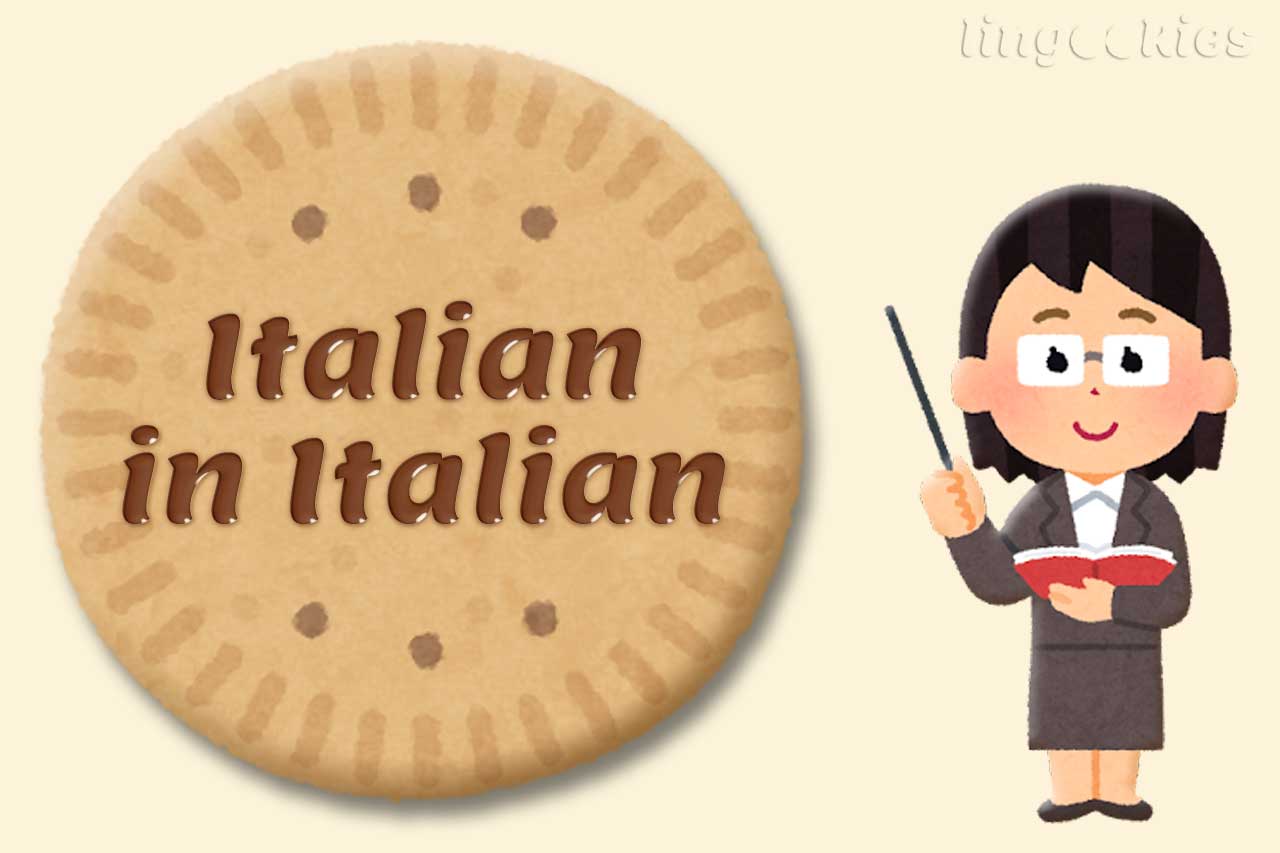How do you say it in Italian?
If you want to speak Italian, you will have to be able to say, well… Italian in Italian.
Italiano in italiano
Italian in Italian

First, we’ll say that Italian can either be a noun or an adjective depending on how it’s used in the sentence.
There’s italiano, and that can either be the language itself or an Italian person, as in I am an Italian. Then there’s italiano, the adjective, as in I am Italian.
Italiano
Italian language, Italian male person
Italiana
Italian female person
Italiani
Italians (generic)
Italiane
Italians (females)
If you have a habit of watching the Italian national news, you’ll surely have heard gli italiani. This translates to the Italians, the Italian people.
When Italian is used as a noun, you must add its corresponding definite or indefinite article before you can use it.
Look at the following examples.
Gli Italiani
The Italians (people)

L’italiano è una lingua difficile.
(The) Italian is a difficult language.
(Nonsense!)
Da quanto tempo studi l’italiano?
How long have you been studying Italian?
Studio l’italiano da tre anni.
I’ve been studying (the) Italian for three years.
Gli italiani vivono in Italia.
(The) Italians (generic people) live in Italy.
(Doh!)
Un’italiana vince la gara.
(An) Italian (female) wins the race.
Italiano as an adjective (of Italy) acts in a very similar way: adjectives in Italian, just like nouns, need to agree with both gender and number.
You will still have to pick up the correct form between italiano, italiana, italiani and italiane, but no articles are needed because this adjective always follows the noun it describes.
It never comes before a word such as in Il piccolo principe (The little prince).

Lo Stato italiano.
The Italian state.
La cucina italiana è famosa in tutto il mondo.
Italian cuisine is famous around the world.
Loro sono italiani, voi di dove siete?
They are Italian, where are you from? (pl)
Quelle ragazze sono tutte italiane.
Those girls are all Italian.

Here’s what you have to say to ask are you Italian in Italian.
Sei italiano?
Are you Italian? (male, informal, sg)
Lei è italiano?
Are you Italian? (male, formal, sg)
Siete italiani?
Are you Italian? (male, pl)
Sei italiana?
Are you Italian? (female, sg)
Lei è italiana?
Are you Italian? (female, formal, sg)
Siete italiane?
Are you Italian? (female, pl)

Which form do you have to use?
You will use sei italiano? or lei è italiano? if you are addressing a male person.
You will use sei italiana? or lei è italiana? if you are addressing a female person.
To address a group of people, you will use siete italiane? only if this a female-only group. If the group is mixed, you will have to ask siete italiani?.
Culture shock!
When describing mixed groups of people, always use the male plural form of the adjective. Female plurals are only ever used to describe exclusively feminine nouns and female people.
And this is it with our lesson on Italian in Italian!
More free Italian resources
You might want to keep learning Italian online with these free Italian resources:
❤️ If you liked this lesson on how to say Italian in Italian, share it with your friends!


